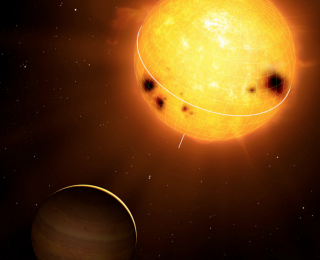
Uncovering planets and stellar activity using only radial velocities
How do we model stellar activity to disentangle planet signals from stellar activity using only RVs?

How do we model stellar activity to disentangle planet signals from stellar activity using only RVs?
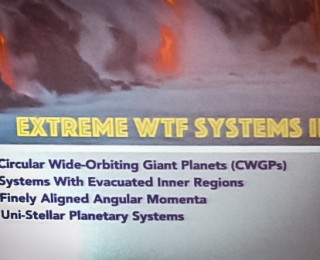
The third Extreme Solar System conference was held between Nov 29 to Dec 4th, in Kona, Hawaii, on the 20th anniversary of the first exoplanet detection around a main sequence star. This astrobite gives a brief overview of the conference.
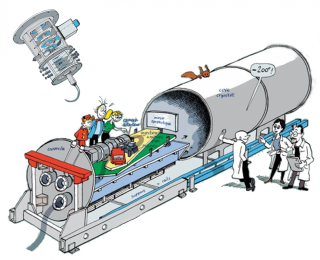
Spirou often runs into fantastic adventures with his courageous, and sharp pet squirrel Spip. Their next adventure: a radial velocity spectrograph. What sophisticated technology is this? How does it work? What can it help us find?
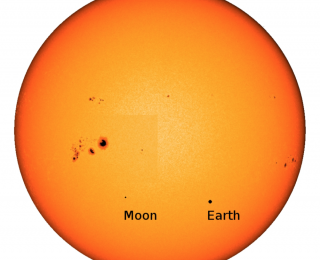
How do you observe an Earth transit, from Earth? You use some of the Solar System’s largest mirrors. The authors did. They found an anomaly.
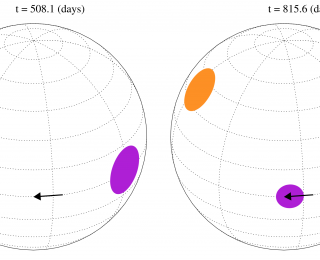
On using photometric data from Kepler to study starspots, and to measure differential rotation rates.